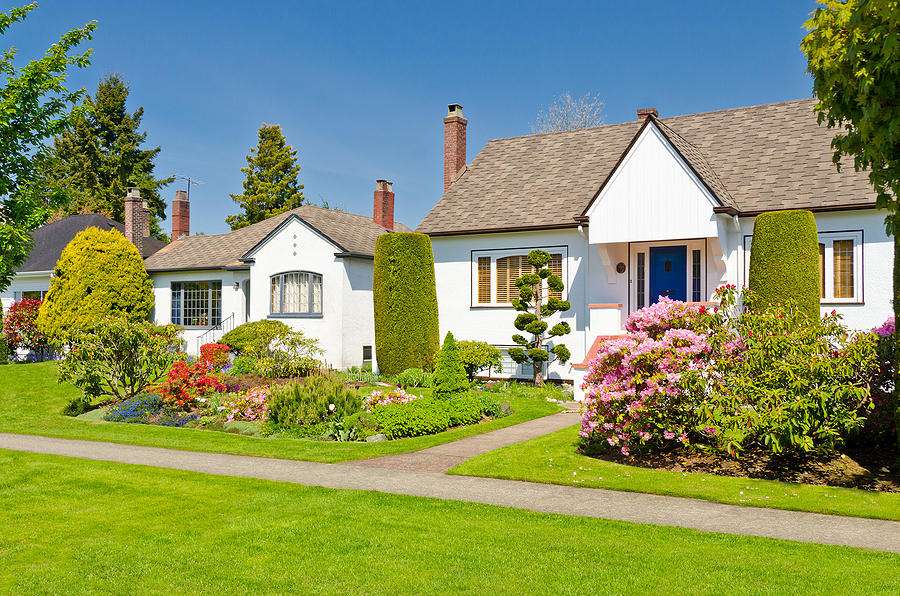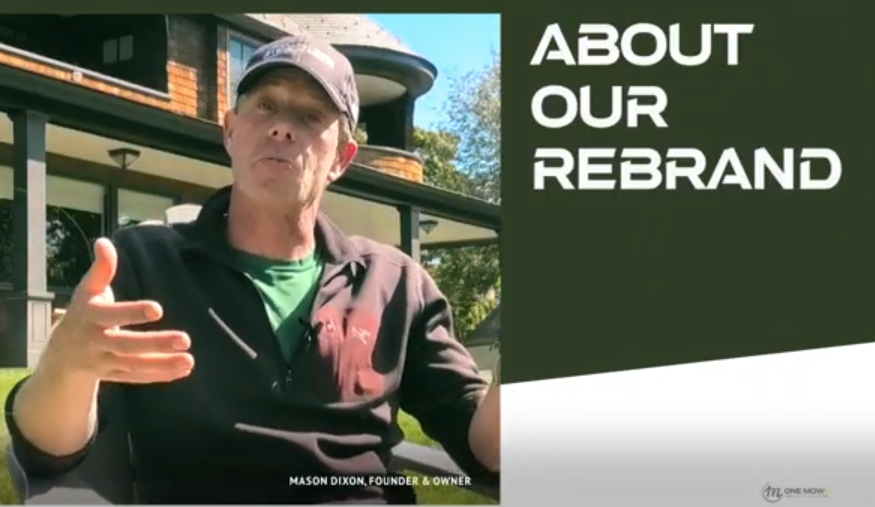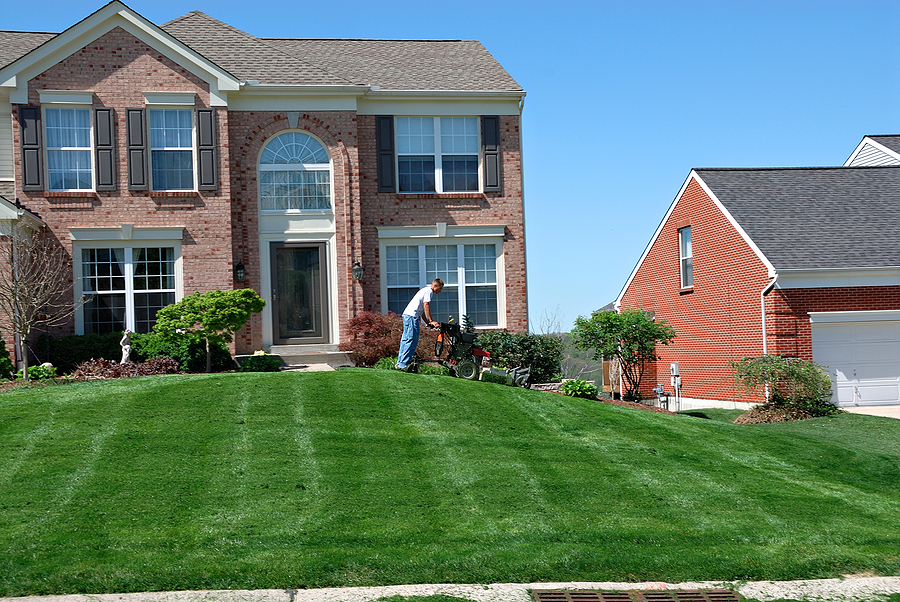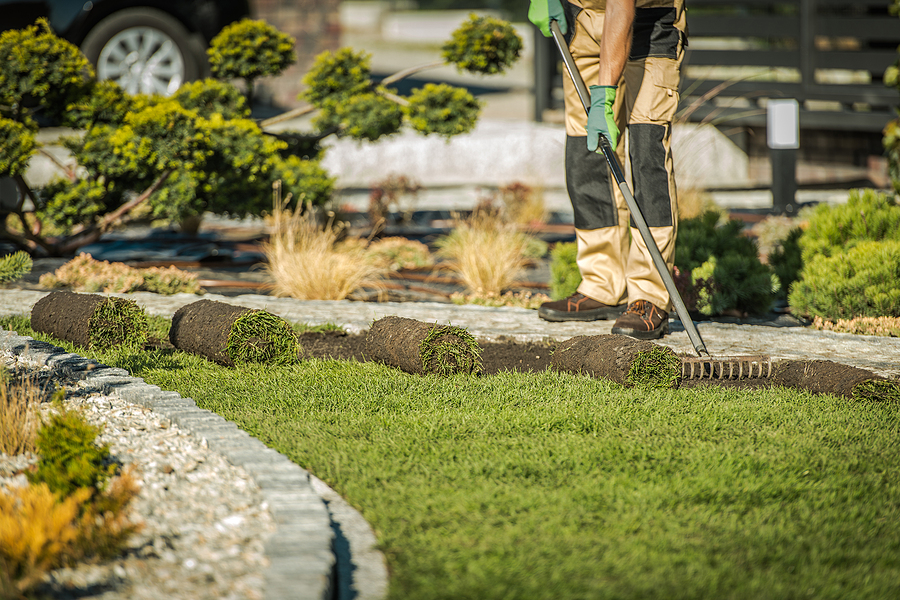If you’ve ever paused to watch a butterfly flutter by or heard the gentle buzz of bees hard at work, you know how magical pollinators can make a garden feel. But these little visitors do more than just add charm—they play a vital role in keeping your flowers blooming, your veggies growing, and your entire yard thriving.
That’s why more homeowners are turning to garden installation for pollinators. And in a place like Kennebunk, where natural beauty is part of everyday life, creating a pollinator-friendly space is a simple way to support local ecosystems while making your yard even more stunning.
Why Pollinators Matter in Your Garden
Pollinators like bees, butterflies, and hummingbirds are responsible for helping many plants reproduce. In fact, according to the U.S. Department of Agriculture, over 75% of flowering plants and about 35% of global food crops depend on pollinators to thrive. Without them, we’d lose much of the color, flavor, and biodiversity we enjoy today.
Installing a garden that welcomes these hardworking visitors doesn’t just help the environment—it also creates a lively, colorful yard that changes with the seasons. Imagine bright echinacea, swaying milkweed, lavender buzzing with bees, and monarchs flitting from bloom to bloom. It’s beauty with purpose.
What Makes a Bee-Friendly Garden Installation Work
To attract pollinators, your garden needs more than just pretty petals. A successful bee-friendly garden installation includes a mix of native plants, continuous blooms from spring to fall, and safe, pesticide-free conditions.
Kennebunk’s coastal environment makes it ideal for perennials like bee balm, black-eyed Susans, and butterfly weed. These plants offer rich nectar and pollen that local pollinators recognize and rely on. Adding flat stones for basking butterflies, small dishes of water with pebbles, and sheltered spots also makes your garden a true pollinator haven.
Even small spaces can have a big impact. A strip of wildflowers along your walkway or a raised bed bursting with herbs like thyme and oregano can attract pollinators and add vibrant texture to your landscape.
How Lawn Mowing Fits In
Yes, even lawn mowing plays a role in supporting pollinators. By mowing less frequently or leaving a small portion of your yard to grow naturally, you give wildflowers like clover and dandelions a chance to bloom. These often-overlooked plants are critical food sources for early-season bees.
Strategic mowing, especially around your pollinator zones, also helps avoid disturbing habitats. A tidy edge around a wild patch can signal intention and care, keeping your yard looking curated while still wild enough to welcome pollinators.
From Pollinator Garden to Property Pride
Adding a garden installation for pollinators is more than a trend; it’s a lasting improvement for your yard, your local environment, and your overall quality of life. Pollinator gardens can increase biodiversity, reduce the need for chemical pest control, and even help neighboring gardens thrive through improved pollination.
Best of all, they give back. Watching bees work and butterflies glide through your garden is a daily reminder of the connection between your home and the world beyond your fence. Whether you’re an experienced gardener or just getting started, you can make a big impact with a thoughtful planting plan.
Supporting Kennebunk’s Local Ecosystem
When you create a pollinator garden, you’re doing more than just adding flowers—you’re helping Kennebunk’s environment stay strong and resilient. Local bees and butterflies have adapted to specific native plants over generations.
By planting those same flowers in your yard, you’re giving them a reliable food source and a safe place to rest or nest. This small act can support declining pollinator populations and keep our community greener and healthier. It also encourages balance in your backyard by attracting natural predators that help control pests without chemicals.
Low Maintenance, High Reward
Many people worry that planting a pollinator garden means extra work. But the truth is, once it’s established, these gardens are surprisingly low maintenance. Native plants are adapted to Maine’s weather and soil, so they need less watering and fertilizing than traditional landscaping.
Combine that with smart lawn mowing techniques, like mowing less frequently near your garden beds, and you’ll spend less time on upkeep. And the payoff? A constantly blooming garden that practically takes care of itself, all while welcoming bees, butterflies, and beauty every single day.
Ready to Get Buzzing?
Looking to bring life, color, and purpose to your Kennebunk yard? Let One Mow Co. help with a professional bee-friendly garden installation that attracts pollinators and supports your lawn’s health. Contact us now to schedule your garden installation for pollinators! Let’s build your pollinator paradise. Give your yard something to buzz about—naturally.






